Service hotline
+86 0755-83975897
 en
en Release date:2025-02-19Author source:KinghelmViews:1451
There are several different methods for demodulating frequency-modulated signals; on this page, we will discuss two of them.
To explore FM demodulation using LTspice, perform frequency modulation so that there is a signal available for demodulation. In FM, we need to continuously add varying values inside a sine (or cosine) function, which are not the baseband signal but rather the integral of the baseband signal. Unlike AM, we cannot generate FM waveforms using arbitrary behavioral voltage sources and simple mathematical relationships. Simply use the SFFM option in regular voltage sources:
The following "circuit" contains all the necessary components to create an FM waveform, consisting of a 10 MHz carrier and a 1 MHz sinusoidal baseband signal:
We assume narrowband frequency modulation (FM) processing and design a high-pass filter such that attenuation changes significantly within twice the baseband signal bandwidth. Let's delve deeper into this concept.
The received FM signal has a spectrum centered around the carrier frequency. The spectrum width is approximately twice the baseband signal bandwidth, due to the positive and negative offsets of the baseband frequency (as described here), and it's "approximately" because integration applied to the baseband signal affects the shape of the modulated spectrum. Therefore, the lowest frequency in the modulated signal is roughly equal to the carrier frequency minus the highest frequency in the baseband signal, while the highest frequency in the modulated signal is roughly equal to the carrier frequency plus the highest frequency in the baseband signal.
Our high-pass filter needs to have a frequency response such that the lowest frequency in the modulated signal is attenuated more than the highest frequency in the modulated signal. Applying this filter to the FM waveform would result in the following:
This approach has a major drawback: it is sensitive to amplitude variations.
Therefore, we cannot design an acceptable FM demodulator simply by adding a high-pass filter in the amplitude demodulator. A limiter is needed to maintain greater robustness of FM against amplitude noise: we cannot use a limiter in AM signals because limiting the amplitude would destroy the encoded information in the carrier. On the other hand, FM encodes all information in the timing characteristics of the transmitted signal.
PLL can "lock onto" the frequency of an incoming waveform. It achieves this by combining a phase detector, a low-pass filter, and a VCO into a negative feedback system:
Once the PLL locks onto the input signal, it can generate an output sine wave that tracks the frequency variations of the input sine wave. This output waveform is derived from the output of the VCO.Using the output of the loop filter as the demodulated signal.
The output of the loop filter is a signal where the amplitude variations correspond to changes in the input frequency. This is how a PLL achieves frequency demodulation.
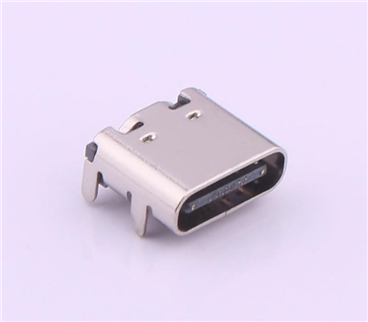
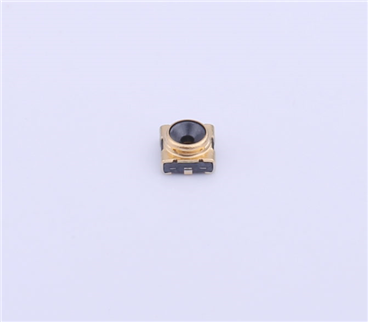
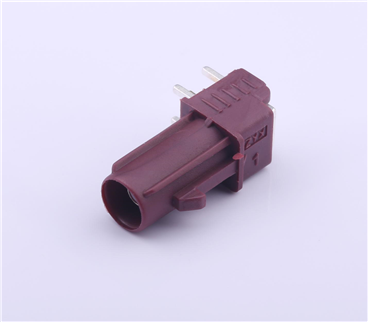
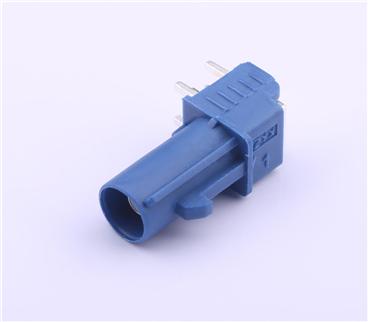
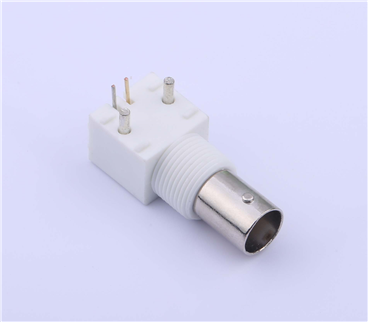
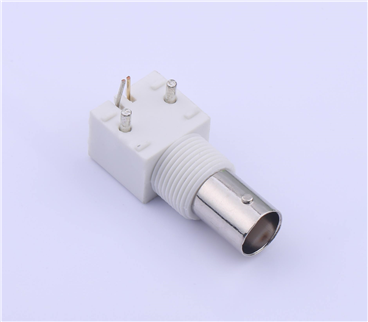
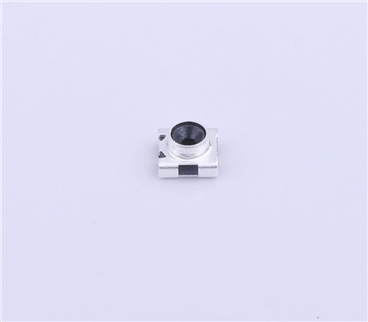
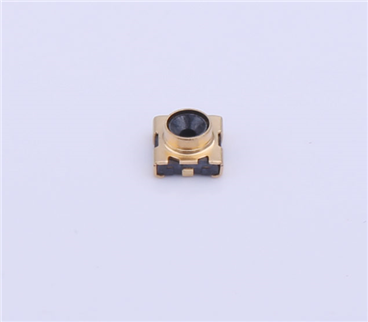
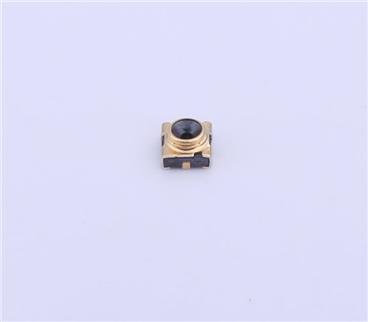
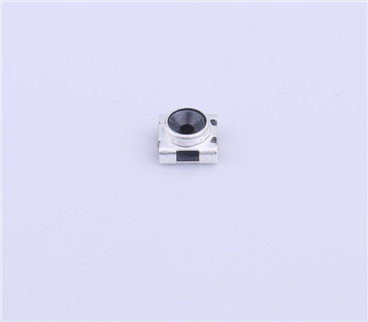
Copyright © Shenzhen Kinghelm Electronics Co., Ltd. all rights reservedYue ICP Bei No. 17113853
